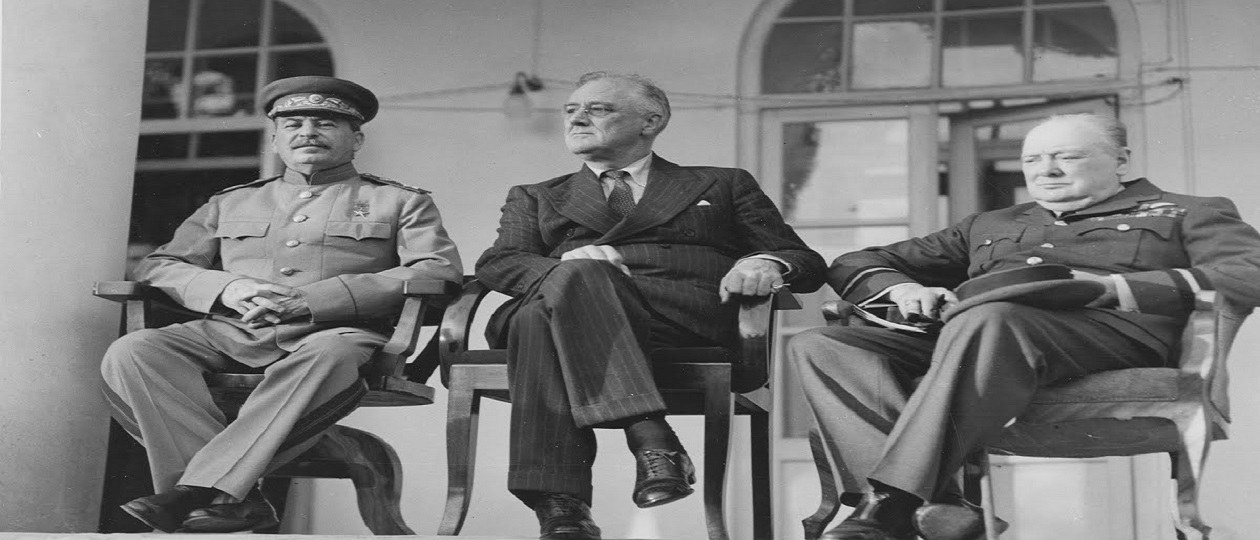
On November 28, 1943, a meeting of the leaders of three countries — allies in the anti-Hitler coalition — began in Tehran.
One of its main participants, British Prime Minister Winston Churchill, recalled the Tehran summit, which went down in world history, with such specific humor. “On one side of me, with his paws crossed, sat a huge Russian bear, on the other, a huge American bison. And between them sat a poor little English donkey… And only he of all three knew the right way home.”
The agreements reached at this summit not only determined the course of World War II at its final stage, but also had a major impact on the post-war world order.
As the researchers calculated, Stalin, Roosevelt and Churchill exchanged 32 messages with each other related to the choice of the “crossing point.” The geography of possible options was very diverse.
At various times, Astrakhan or Arkhangelsk (Stalin’s original proposal), Fairbanks in Alaska (Roosevelt was in favor), Cairo (Churchill’s candidacy) were nominated for this role. Later, Istanbul and Baghdad were added to the list… But then, at the insistence of Stalin — Tehran was chosen.
Shah Reza Pahlavi collaborated with the Nazis, German advisers had access to all areas of the Iranian state.
Therefore, the USSR sent troops into peaceful Iran during World War II. An agreement between Iran and the RSFSR allowed troops to be sent to Iran in the event of an attack on the USSR by a third party. Stalin took advantage of this.
The Iranian army offered virtually no resistance. The Shah abdicated the throne in favor of his son. Until the end of the war, there was a struggle between the intelligence services of the two coalitions on Iranian territory.
Great Britain also took part in Operation Countenance. The Allies wanted to prevent Germany from gaining access to Iranian oil. This scenario was quite real.
By the time of the Tehran Conference, the territory of ancient Persia, including its capital, was occupied by Allied troops, who carried out the offensive Operation Countenance to prevent Iran from subjugating to German influence.
The Soviet resident under the leadership of Ivan Agayants managed to disrupt Operation Long Jump — an assassination attempt on the leaders of the Big Three during the days of the Tehran Conference. And the “Persian corridor” became one of the routes for delivering aid to the USSR under Lend-Lease.





